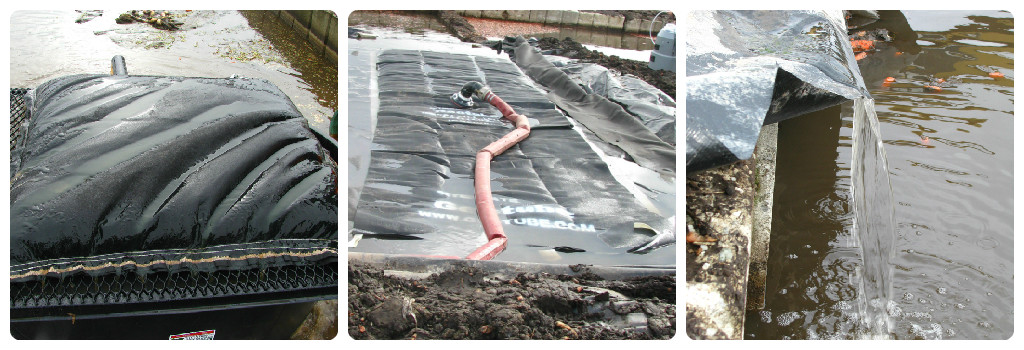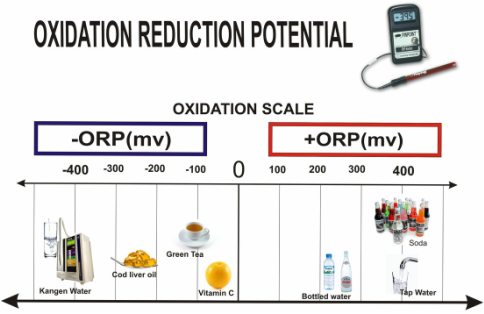| Technology Investigation: Filter Bags |
|
HMGA Water Project recently collaborated with Bishop Water Technologies to test a Geotube® at a vegetable washing facility. The purpose of the pilot project was to demonstrate the feasibility of this technology under this type of system. The process leading up to the on-site test and the results found are available in the article below.
1 Comment
When taking samples, there are several field measurements that are noted; one of them is the Oxidation-Reduction Potential (ORP) of the water. This measures the capacity of the water to release or accept electrons from chemical reactions (Bier, 2009). When the system is accepting electrons it is oxidizing and when it is releasing electrons it is a reducing system (Bier, 2009). Examples of oxidation include rusting metal or a browning apple. The ORP of a system can be affected by numerous factors including the solids, new species, or concentration changes. ORP is measured in millivolts (mV) using a sensor with two electrodes. The ORP electrode either accepts or donates electrons into the water, depending on the system. The reference electrode has a stable output of electrons as a comparison. The ORP is calculated using these two values. A positive value indicates the presence of oxidizing agents whereas a negative value points to contamination (Lowry & Dickman, 2013). The ORP of a washwater system is important as an oxidizing chemical can take electrons from a cell membrane which causes it to become leaky and damages it to the point where the cell dies (Suslow, 2004). Sensors can be deployed along washing systems for automated sensing of ORP and dispensing of oxidizing disinfectants (Suslow, 2004).
ORP is not presently a parameter of interest for discharge water. It plays a role during washing of vegetables as research has shown that the higher the ORP, the lower the survival time of certain decay, spoilage, and pathogenic bacteria (Suslow, 2004). References
|
Project UpdatesFind articles on project-related topics here Archives
December 2016
Topics
All
Article TitlesIntroduction to
Watersheds Lake Simcoe Watershed Nottawasaga Valley Watershed South-Eastern Georgian Bay Watershed Water, Water, Everywhere? The Trouble with Muck: Size Lesson Learned: Bottom- up Aerator to Treat Washwater in Settling Tanks Phosphorus, the Environment, and Farming Nitrogen’s Impact on Air, Land, and Water Water-borne Pathogens and Food Safety Defining Dissolved Oxygen Filter Bags Demonstration Site Organic Matter Breakdown & Biochemical Oxygen Demand Dealing with Cloudy Water Hydrocyclone Demonstration Test What IS Muck? Demystifying Oxidation- Reduction Potential News Release "Technology Investigation: Filter Bags" Drum Filter Demonstration Site Decomposing With(out) Oxygen Flow monitoring Lesson Learned: Drum Filter Optimization Polders & the Holland Marsh Vegetable Washing Process Dry Soil Removal Ultrafiltration & Deionization Demonstration Site News Release "Technology Investigation: Ultrafiltration & Capacitive Deionization" Progressive Passive Filtration Dissolved Air Flotation Clarifying the Solid Removal Process Factsheet Reading Order News Release: "Technology Investigation: Coagulation & Flocculation" Self-Indexing Filter Monitoring Discharge Flows Settling Soil Mass Loading Calculations Lesson Learned: Technology Selection Electrocoagulation Auto-Samplers |


 RSS Feed
RSS Feed
